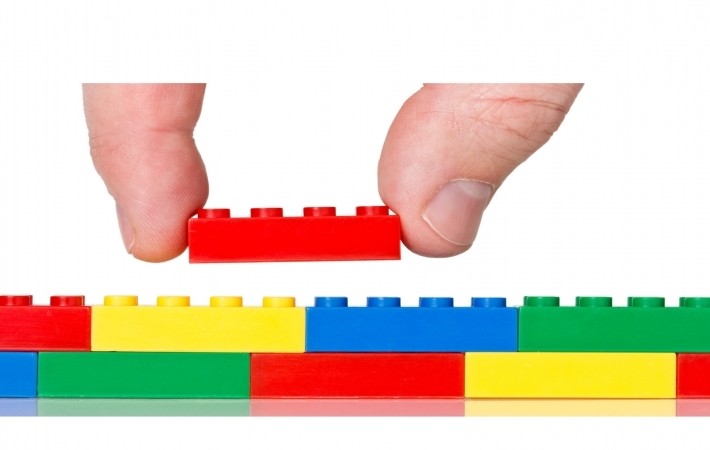
Published on 03/09/2017 | IoT Index
Generally speaking, the simple typically evolves into the complex when left unchecked. This is true for most everything from consumer products, to tax laws to, companies, to governments. Over time, they become more articulated, more nuanced, more detailed or sophisticated.
Successful companies are successful primarily because they manage their evolution well. They add new ideas, eliminate outdated ones, add new rules and eliminate rules that no longer suit the organization’s goals. By streamlining, such companies evolve their path to complexity. They manage the “legacy syndrome” by selectively culling things that are no longer relevant to them. Rather than choking the present with the weight of the past, good companies continuously fine-tune the ideas and rules that will serve them well going forward while letting go of constricting baggage.
Being faced with new opportunities can be the same as being faced with new challenges. The industrialized world is embarking on a new journey—the Industrial Internet of Things (IIoT). The journey will be long, which is fortunate for those designing the path forward. Like all journeys, it's a good idea to have a plan in place before setting off. The essence of the IIoT involves lots of 'things' that will need to work in concert in order to be effective. If care is not taken to design the right architecture at the start, the opportunities afforded by this journey may collapse under the weight of all these many things.
The concept of Simply-Complex is to challenge the architecture of the system and to start with a foundation that is comprised of simple building blocks that can be reconfigured, resequenced, and recycled into more complex structures. Creating "simple" is actually not so simple. The late Steve Jobs was a master designer of simple at Apple. His relentless pursuit for simplicity is legendary. He knew that there was nothing simple about simple. He also knew that simplicity lay in the foundation of the design. If one wanted to end up with something able to perform complex tasks in an easy form, you needed to start with the absurdly simple. The winners in the wide-ranging future landscape of the IIoT will be those who adopt the most elegant solutions.
In the industrial measurement and control world, IIoT is having a profound effect, and this impact is sure to become even greater in the near future. As the constraints of data management are lifted, technical advancement will need to focus on collecting more and more data from many more sensors. But those sensors will need to be orders of magnitude smaller, less expensive, and more capable of working in the IIoT world. Measurement is the key variable—we can’t monitor and/or control without measurement. Measurement is the starting point of any solutions strategy and a key component in the evolution of IIoT. Simpler sensors do not mean less sophisticated. On the contrary, these sensors must embody elegant design features that do not yet exist in today's industrial environment.
The successful outcome of a journey is sometimes determined by the very first step. The complexities of the IIoT can best be managed by making sure that the foundation building blocks are simple. Simple building blocks can be reconfigured, resequenced, and recycled in a variety of ways to form complex systems. By using nature as a guide, the execution of the IIoT can be optimally leveraged.
Read more about the art of Simply-Complex in our whitepaper.
http://www.schneider-electric.com/en/download/document/9982095_02-20-17A_EN/